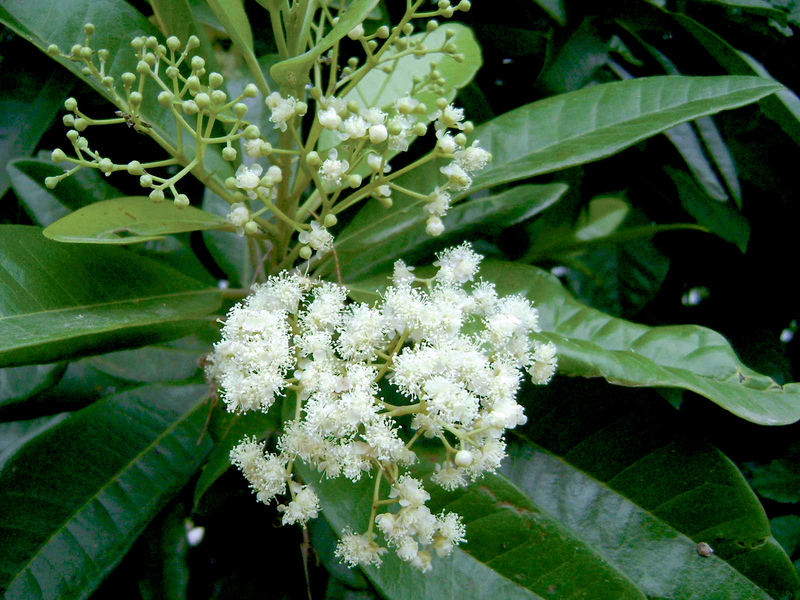Before the Columbian Exchange when Europe and America traded for the first time, the plains Indians had no horses, Ireland had no potatoes, and Italy had no tomatoes. Europe and Asia lacked one indispensable ingredient, also from the Americas. This spice is found in main dishes in just about every Middle Eastern cuisine, especially in the Levant. There it is used in soups, stews and lamb dishes.
Many Palestinian main dishes call for this spice and only this spice as their only seasoning. The plant and spice is the allspice (Pimenta officinalis).
Allspice got its name because since the 1600s the English thought the flavor of dried allspice berries was a mix of all the spices of cinnamon, cloves and nutmeg. Native to the West Indies, allspice makes an excellent container plant. Plants are available by special order from nurseries or garden centers, or from specialty nurseries such as Logees (www.logees.com, Logees Greenhouses, 141 North St., Danielson, CT 06239; phone 888-330-8038).
Be sure you are getting the genuine allspice plant, Pimenta officinalis, and not the unrelated Carolina spice bush. You can also buy seeds online from small growers.
As expected, allspice prefers full sun; a southern exposure is ideal. Try to keep even indoor temperatures above 60 degrees, and the relative humidity above 50 percent, even though allspice can deal well with lower humidity levels. Placing the potted allspice on pebbles in a tray filled with water will help bring up the humidity. Be sure the bottom of the pot isn’t touching the water or it will wick water into the soil and cause the roots to rot.
Speaking of watering, let the soil become visually dry between waterings. Completely saturate the soil until water drains from the bottom of the pot. Since clay pots breathe and allow for moisture to escape, they are better than plastic for your allspice.
Only fertilize when your plants are actively growing in spring and summer. You can always sprinkle some slow-release granular organic fertilizer on the soil surface every four months. Luckily the allspice plant is rarely attacked by pests or disease, making it one of the easiest houseplants to grow.
The allspice plant has a naturally tight growing habit so it rarely needs pruning, except to remove dead branches. Try not to prune before your plants have bloomed at least once. It may be a few years before your allspice plant blooms and produces berries for allspice. But here is the best part of growing your own; you can also use the allspice leaves as flavoring. Tie them into bundles like a bouquet garni and use them as you might use bay leaves. Add to roasts, casseroles and stews. The leaves have a less potent aroma and flavor than allspice berries which many cooks prefer. Use the fresh leaves to add a stronger spicy flavor when cooking roasts or stews.
So rather than sail halfway around the world for exotic spices and then combine them anyway, you can grow your own native allspice, and have them all in one. A combination of several into one, e pluribus unum.























































